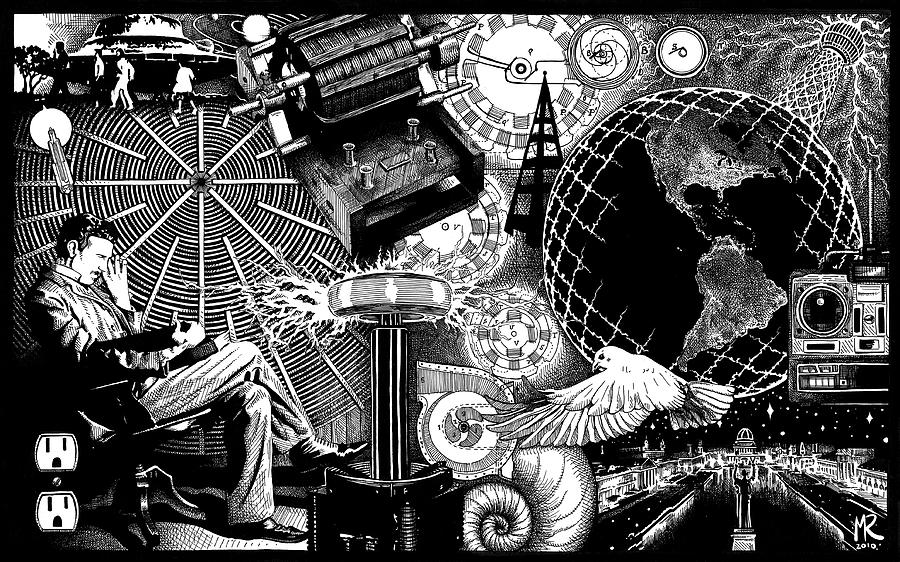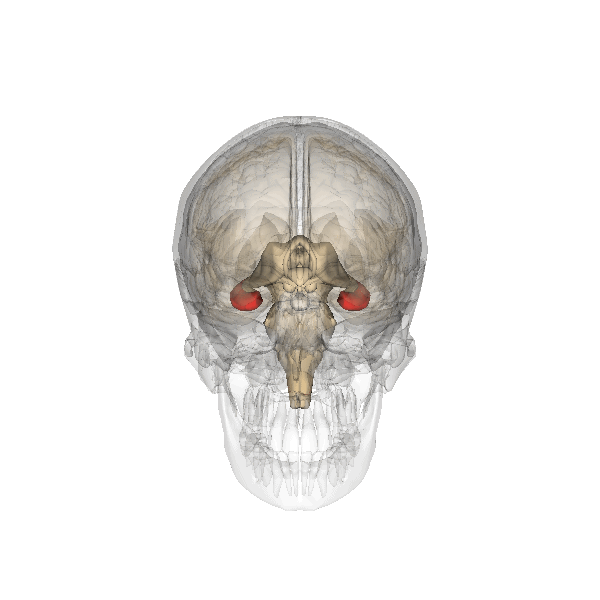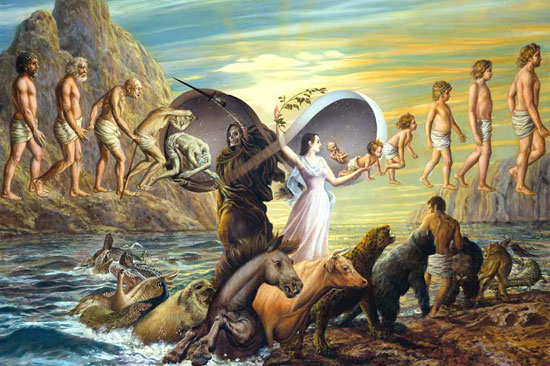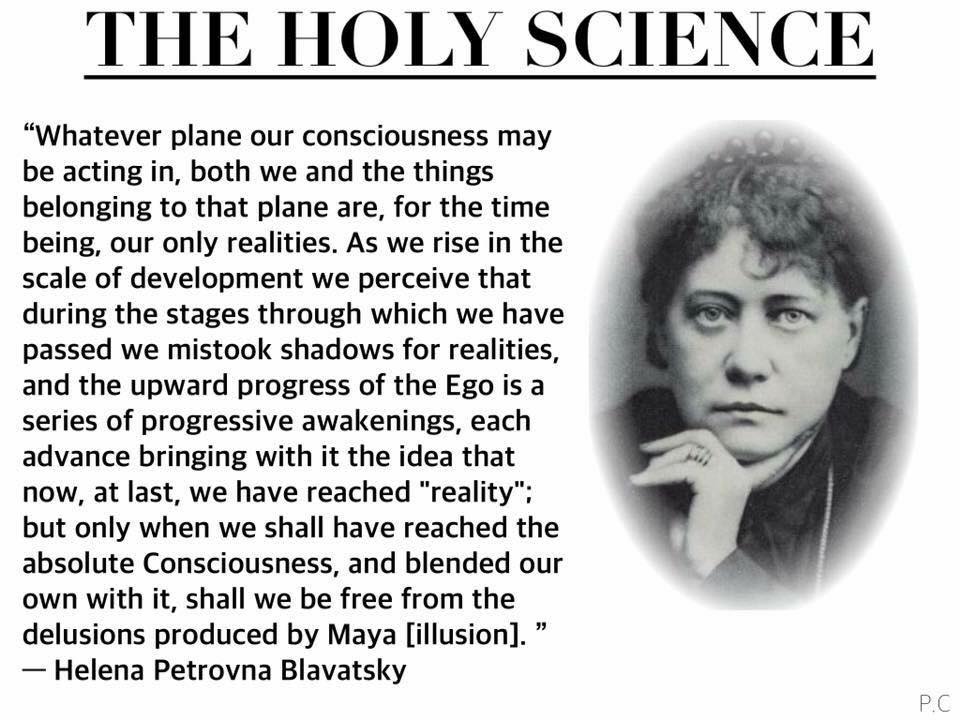by Moe | Apr 30, 2016 | Quotes
“Is it so bad, then, to be misunderstood? Pythagoras was misunderstood; and Socrates, and Jesus, and Luther, and Copernicus, and Galileo, and Newton, and every pure and wise spirit that ever took flesh. To be great is to be misunderstood.” ~ Ralph Waldo Emerson

Moe is the founder of GnosticWarrior.com. He is a father, husband, author, martial arts black belt, and an expert in Gnosticism, the occult, and esotericism.
by Moe | Apr 30, 2016 | Numerology
“If you only knew the magnificence of the 3, 6 and 9, then you would have the key to the universe.” Nikola Tesla
A set of original Nikola Tesla drawings were discovered this past year in a Phoenix Arizona antique shop that are believed to have been created during the last years of Tesla’s Free Energy lab, Wardenclyffe.
The skteches were found in an old dusty small trunk with several other drawings and manuscripts ranging from hand-held technological devices to free-energy systems, many with notes scrawled all over them. The drawings show Tesla’s magnificent Map to Multiplication or the Math Spiral. (more…)
Moe is the founder of GnosticWarrior.com. He is a father, husband, author, martial arts black belt, and an expert in Gnosticism, the occult, and esotericism.
by Moe | Apr 28, 2016 | Brain, Meaning of Symbols
 Lying in the middle of the brain is part of the temporal lobe called the Ammon’s horn (Amuns Horn) or the hippocampus. In neuroanatomy, Ammon’s horn is a metaphor that relates to the gods and the brain.
Lying in the middle of the brain is part of the temporal lobe called the Ammon’s horn (Amuns Horn) or the hippocampus. In neuroanatomy, Ammon’s horn is a metaphor that relates to the gods and the brain.
Ammon’s horn is the hidden creator, king of the gods, and the lord of the thrones of the world. Amun is ‘The hidden one.'” Lord of the visible and the invisible worlds, he was the mysterious soul of the universe which reveals itself in light. (more…)
Moe is the founder of GnosticWarrior.com. He is a father, husband, author, martial arts black belt, and an expert in Gnosticism, the occult, and esotericism.
by Moe | Apr 25, 2016 | Quotes
“The body is a garment of the soul. When this garment is worn out completely, or seriously and irreparably rent, it is abandoned and  never rejoined.
never rejoined.
But when it is removed by some accident without being worn out or destroyed, it can, in certain cases, be reassumed, either by our own efforts or by the assistance of a stronger and more active will than ours.
Death is neither the end of life nor the beginning of immortality: it is the continuation and transformation of life” (Eliphas Levi, Doctrine of Transcendental Magic Part II, 1854, p. 68).
Moe is the founder of GnosticWarrior.com. He is a father, husband, author, martial arts black belt, and an expert in Gnosticism, the occult, and esotericism.
by Moe | Apr 22, 2016 | Quotes

Moe is the founder of GnosticWarrior.com. He is a father, husband, author, martial arts black belt, and an expert in Gnosticism, the occult, and esotericism.




 Lying in the middle of the brain is part of the temporal lobe called the Ammon’s horn (Amuns Horn) or the hippocampus. In neuroanatomy, Ammon’s horn is a metaphor that relates to the gods and the brain.
Lying in the middle of the brain is part of the temporal lobe called the Ammon’s horn (Amuns Horn) or the hippocampus. In neuroanatomy, Ammon’s horn is a metaphor that relates to the gods and the brain. never rejoined.
never rejoined.